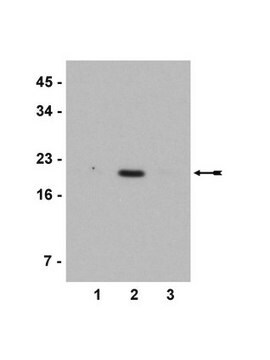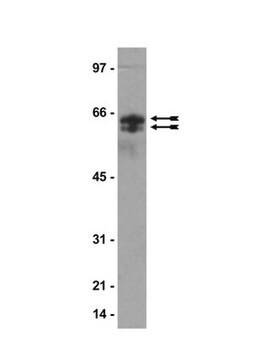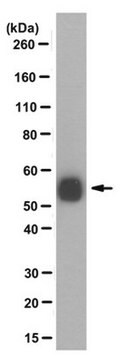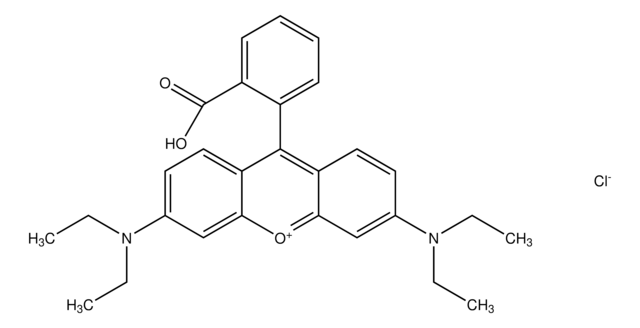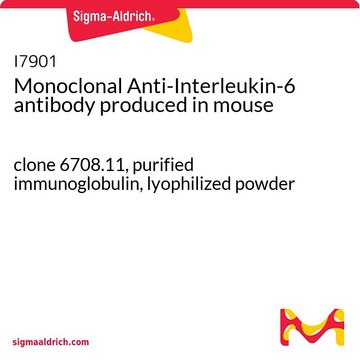MABS277
Anti-monoglycylated Tubulin Antibody, clone TAP 952
clone TAP 952, from mouse
About This Item
Productos recomendados
origen biológico
mouse
Nivel de calidad
forma del anticuerpo
purified immunoglobulin
tipo de anticuerpo
primary antibodies
clon
TAP 952, monoclonal
reactividad de especies
human, sheep, sea urchin, porcine, mouse, Drosophila, snail
técnicas
dot blot: suitable
immunofluorescence: suitable
western blot: suitable
isotipo
IgG1κ
Condiciones de envío
wet ice
modificación del objetivo postraduccional
unmodified
Información sobre el gen
human ... TUBA1A(7846)
Descripción general
Especificidad
Can be used as a marker for motile cilia.
Inmunógeno
Aplicación
Dot Blot Analysis: A representative lot from an independent laboratory detected monoglycylated Tubulin in synthetic monoglycylated tubulin peptides (Bre, M. H., et al. (1996). J Cell Sci. (Pt 4):727-738.).
Western Blot Analysis: A representative lot from an independent laboratory detected monoglycylated Tubulin in a panel of total protein extracts from select species (Bre, M. H., et al. (1996). J Cell Sci. (Pt 4):727-738.).
Immunoflourescence Analysis: A representative lot from an independent laboratory detected monoglycylated Tubulin in lemur, human, and sea urchin spermatozoa (Bre, M. H., et al. (1996). J Cell Sci. (Pt 4):727-738.).
Signaling
General Post-translation Modification
Calidad
Western Blotting Analysis: A 1:50,000 dilution of this antibody detected monoglycylated Tubulin in 10 µg of Paramecium total cytoskeletal proteins.
Descripción de destino
Forma física
Almacenamiento y estabilidad
Otras notas
Cláusula de descargo de responsabilidad
¿No encuentra el producto adecuado?
Pruebe nuestro Herramienta de selección de productos.
Código de clase de almacenamiento
12 - Non Combustible Liquids
Clase de riesgo para el agua (WGK)
WGK 1
Punto de inflamabilidad (°F)
Not applicable
Punto de inflamabilidad (°C)
Not applicable
Certificados de análisis (COA)
Busque Certificados de análisis (COA) introduciendo el número de lote del producto. Los números de lote se encuentran en la etiqueta del producto después de las palabras «Lot» o «Batch»
¿Ya tiene este producto?
Encuentre la documentación para los productos que ha comprado recientemente en la Biblioteca de documentos.
Nuestro equipo de científicos tiene experiencia en todas las áreas de investigación: Ciencias de la vida, Ciencia de los materiales, Síntesis química, Cromatografía, Analítica y muchas otras.
Póngase en contacto con el Servicio técnico